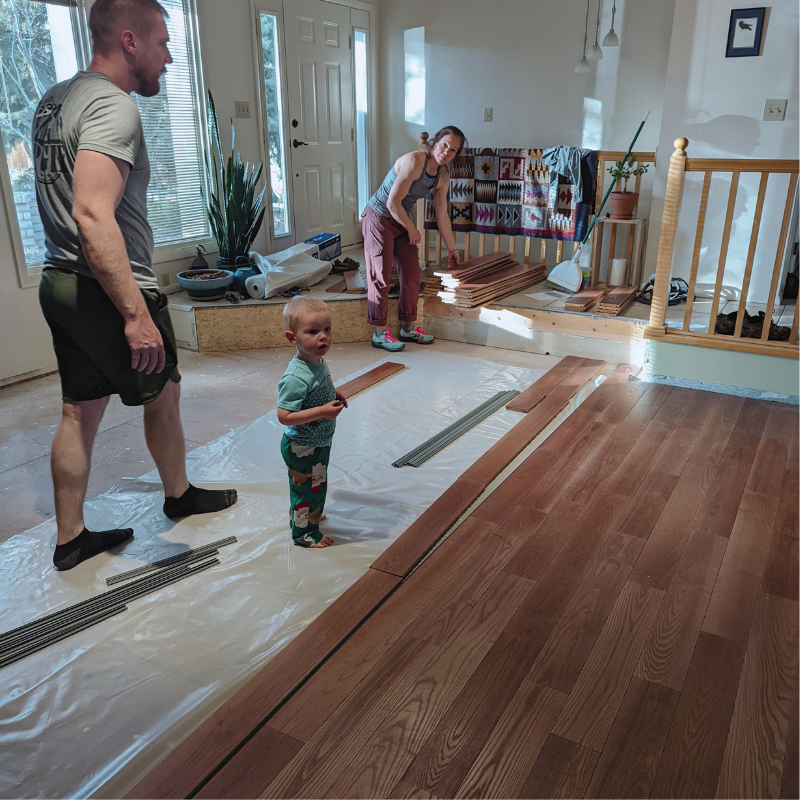IF ONLY THESE FLOORS COULD TALK
Solid wood, no nails—
Floats with ease on what’s beneath
Lift to fix, no fuss
Solid wood, no nails—
Floats with ease on what’s beneath
Lift to fix, no fuss
Dream, then choose with care—
Your project shapes the path to
The perfect hardwoods
Tell your story true—
Floating floors of real hardwood
No nails, glue, just you
All-in-one bundle—
Flooring, tools, and install ease
Ships to you for free
Fun builds, fresh or old,
Hands craft dreams with warmth and ease,
Steller floors take root

Residential DIY Renovation
Style speaks in silence
Hardwood whispers underfoot.
Pause—read the room’s mood.


Craftsman
Grain so fine it boasts,
"Craftsman walls, meet your new crush."
Floors flirt. You just smile.


Coastal
Sun-kissed boards whisper,
"Seaside charm starts at your feet."
Shells sigh. Waves applaud.


Modern
Sleek rooms raise their brows,
"This grain's really got swagger."
Floors smirk. You're in awe.
Be the very first—
New collections, special deals
Crafted just for you
Wood hums, "Take your time
I've many moods, many lines—
Pick what suits your soul"
Floating, Solid Wood Floors
Easy to repair—
Lift a plank at any time,
No reason required

Life gets messy fast—
Pop a plank and peace returns
Real wood, worry-free

Pets
Hear real Steller Floors stories from our clients in testimonials